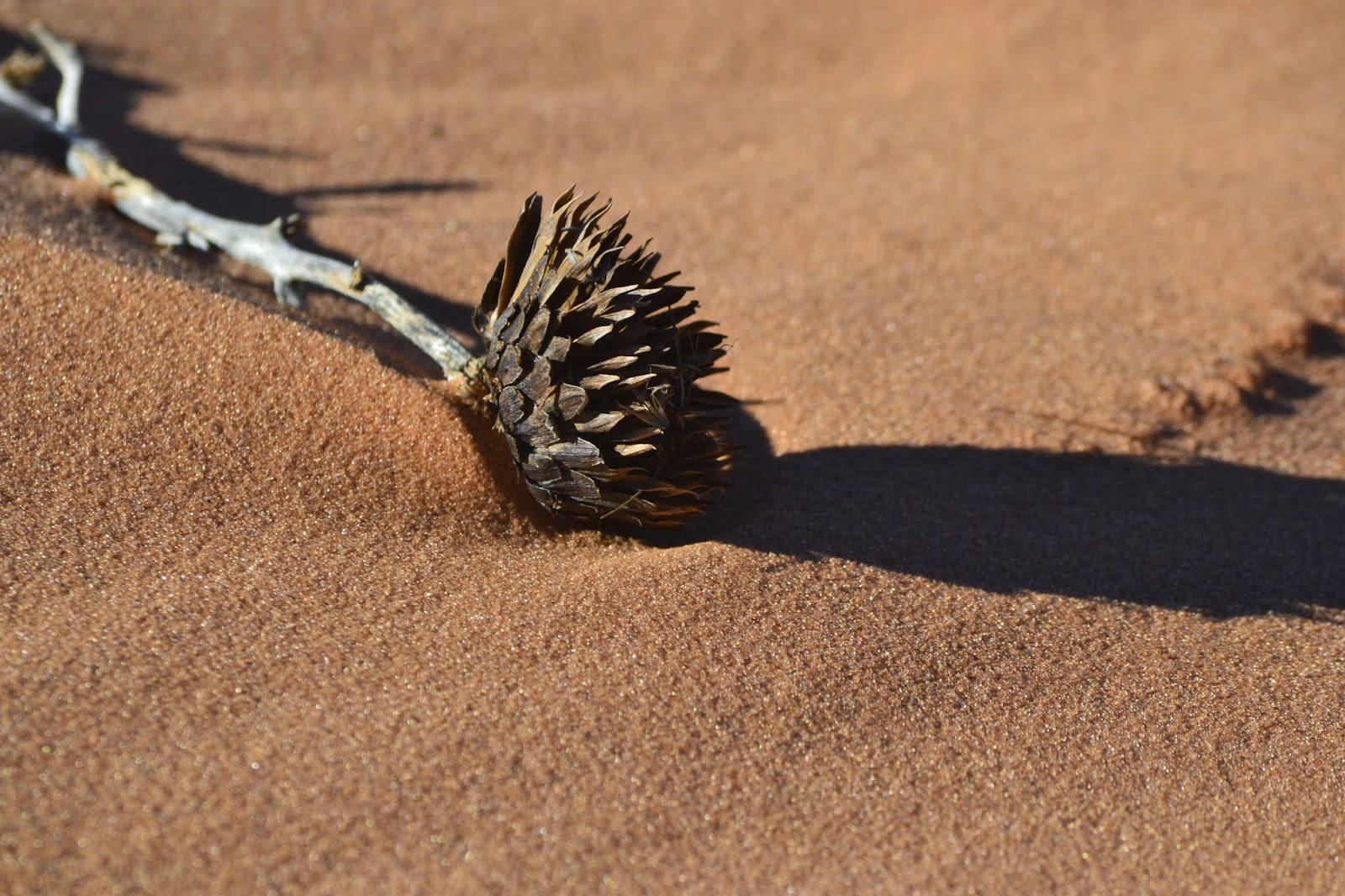I began my day walking B.C. (Beyond Cute). A beautiful tortoiseshell manx (no tail) little girl. She talked to me all the time outside - until we turned a corner. There stood a small herd of mule deer, with little ones. B.C. began walking right up to them, talking the whole time. The deer looked very strangely at this being bold enough to approach them. So surprised they didn't move away until we were within a few feet of them. After they left, B.C. decided it was too cold to continue walking and led me back to the building.
B.C. shares her community room with cats like Cole and Watson (Cole below - Watson looks identical). Cole and Watson's owner died. Unfortunately it was 2 weeks before someone discovered the death and 6 other cats perished. Cole and Watson came here after time in a foster home.
Johnny loves people. He spent a good 45 minutes on my lap and hugging me. He also loves his food and tips the scale at 17 lbs.
Puma is a beautiful girl who has lost all of teeth to a disease. She is on medication to manage the bacteria and just loves to be petted.
After lunch I went to the Coral Pink Sand Dunes. Established as a state park in 1963 and located at an elevation of 6,000 feet the park is home to rare species such as the Coral Pink Tiger Beetle and a type of milkweed that grows nowhere else.
The dunes 'sit' on a rift. As the earth separates at the rift creating the Moquith and Moccasin mountains. The notch you see below between the Moquith and Moccasin mountains funnels wind with increasing velocity to a point to where it can carry grains of sand from the eroding Navajo sandstone (called the Venturi Effect). After the wind passes through the notch and into the open valley, wind velocity decreases, depositing the sand.
Climbing to the highest dune in the park provided spectacular views.


There are a wide variety of plants despite how difficult it is to live here. The sand is so fine and deep that the slightest touch marks the sand.
Note the footprints of the Kangaroo rat.
As the winds blow, sand often covers plants adding the the difficulty in living here.
The plants form clumps that change the landscape as the sands move around.
An insightful ranger wrote on the nature trail sign that the dunes represent life. The constant change of our daily lives, the ebb and flow of life, death, and all the days in between and the letting go to form new experiences and formations. The dunes change daily in response to daily events of wind and human impact. This ranger's insight made this beautiful place even more profound.



















No comments:
Post a Comment